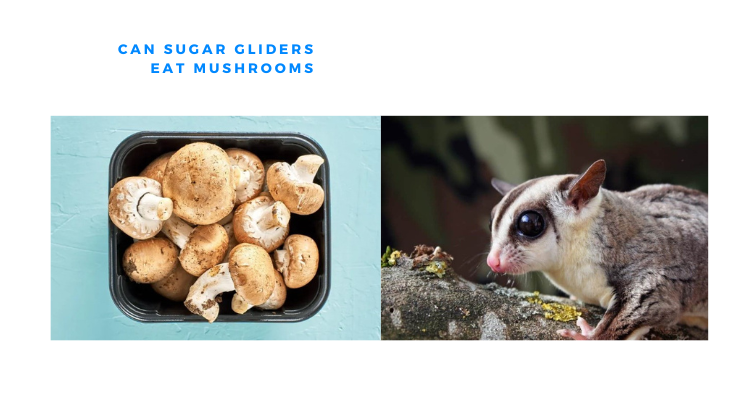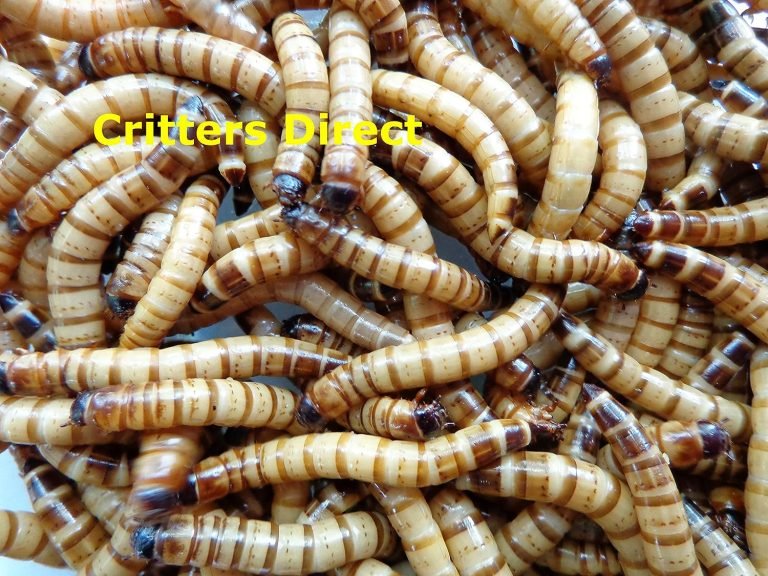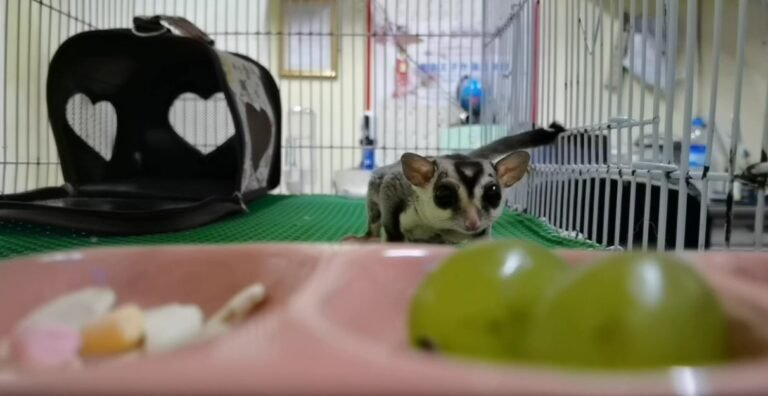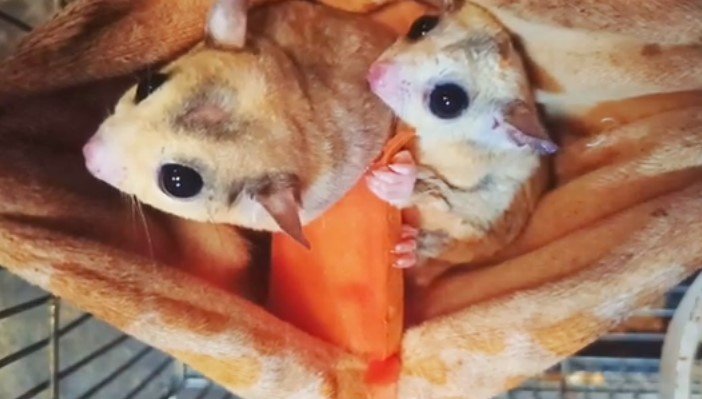Can Sugar Gliders Eat Mushrooms
Can Sugar Gliders Eat Mushrooms?
Yes, sugar gliders can eat certain types of mushrooms, but it’s important to be cautious about which ones you offer them. While mushrooms can provide some nutritional benefits for sugar gliders, others can be toxic and harmful to their health. In this article, we will explore the topic of sugar gliders and mushrooms in more detail to help you make informed decisions about feeding your furry friends.
Nutritional Value of Mushrooms for Sugar Gliders
Mushrooms are a good source of vitamins, minerals, and antioxidants, making them potentially beneficial for sugar gliders. They contain B-vitamins, potassium, selenium, copper, and other essential nutrients that can support their overall health. Additionally, mushrooms are low in fat, cholesterol-free, and low in calories, making them a healthy treat option.
Safe Mushrooms for Sugar Gliders
While some mushrooms are safe for sugar gliders to consume, it is crucial to know which types are safe and which ones are toxic. Here are a few safe mushroom varieties that you can consider feeding your sugar gliders:
1. Button Mushrooms: Button mushrooms, also known as white mushrooms, are one of the most common varieties found in grocery stores. They are safe for sugar gliders to eat and can be offered as part of a varied diet.
2. Cremini Mushrooms: Cremini mushrooms, also called baby bella mushrooms, are a darker and more flavorful version of button mushrooms. They are safe for sugar gliders in moderation.
3. Portobello Mushrooms: Portobello mushrooms are mature cremini mushrooms with a rich, meaty flavor. They can be fed to sugar gliders occasionally, as long as they are cooked and served in small amounts.
4. Shiitake Mushrooms: Shiitake mushrooms have a unique taste and texture and are commonly used in Asian cuisine. Sugar gliders can safely consume shiitake mushrooms, but they should be fed in moderation due to their stronger flavor.
Toxic Mushrooms for Sugar Gliders
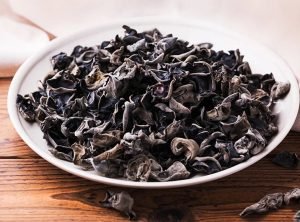
While there are safe mushroom options for sugar gliders, it is equally important to be aware of the toxic varieties that can be harmful or even fatal to them. Never feed your sugar gliders the following mushrooms:
1. Wild Mushrooms: It is best to avoid feeding sugar gliders any wild mushrooms, as it can be challenging to identify which ones are safe. Some wild mushrooms can be highly toxic and pose a severe risk to their health.
2. Amanita Mushrooms: Amanita mushrooms, including the infamous death cap and destroying angel, are extremely toxic and can be fatal if ingested by sugar gliders. These mushrooms should be avoided at all costs.
3. Other Toxic Varieties: Other toxic mushroom species for sugar gliders include the hallucinogenic psilocybin mushrooms and the toxic cortinarius mushrooms. Never feed your sugar gliders any mushroom species that you are unsure about.
Preparing Mushrooms for Sugar Gliders
When feeding mushrooms to your sugar gliders, it is crucial to prepare them properly to ensure their safety. Here are some guidelines to follow when preparing mushrooms:
1. Cooked Mushrooms: It is recommended to cook mushrooms before giving them to sugar gliders. This helps break down the tough cell walls and makes them easier to digest for these small marsupials. Avoid using excessive oil, salt, or seasonings when cooking mushrooms for your gliders.
2. Chopped into Bite-Sized Pieces: Cut the cooked mushrooms into small, bite-sized pieces to make it easier for sugar gliders to handle and consume them. Remember that sugar gliders have tiny mouths, so ensure the pieces are appropriately sized.
3. Serve in Moderation: While mushrooms can be a healthy addition to a sugar glider’s diet, they should still be fed in moderation. Too many mushrooms can upset their digestive system, leading to issues like diarrhea.
Frequently Asked Questions
1. Can sugar gliders eat raw mushrooms?
While sugar gliders can technically eat raw mushrooms, it is generally recommended to cook them before offering them as a treat. Cooking mushrooms helps break down their cell walls and makes them easier to digest for sugar gliders.
2. How often can sugar gliders eat mushrooms?
Mushrooms should be considered a treat for sugar gliders and not a staple part of their diet. Offer mushrooms to your gliders once or twice a week in small portions to avoid digestive issues.
3. Are there any other vegetables or fruits that sugar gliders should avoid?
Yes, there are several vegetables and fruits that sugar gliders should avoid. Some examples include onions, garlic, avocados, citrus fruits, and grapes. These foods can be toxic or harmful to sugar gliders.
4. Can sugar gliders eat dried mushrooms?
It is generally best to avoid feeding dried mushrooms to sugar gliders. Dried mushrooms can be tough and hard to digest, potentially causing digestive issues for these small marsupials.
Final Thoughts
While mushrooms can be a tasty and potentially nutritious addition to a sugar glider’s diet, caution must be exercised. Stick to safe mushroom varieties like button mushrooms, cremini mushrooms, portobello mushrooms, and shiitake mushrooms. Always avoid toxic varieties and wild mushrooms that can pose significant risks to your sugar gliders’ health. By offering mushrooms in moderation and preparing them properly, you can safely incorporate them into your sugar glider’s treat rotation. As always, consult with a veterinarian knowledgeable about sugar glider care for personalized guidance on feeding options for your furry friends.

